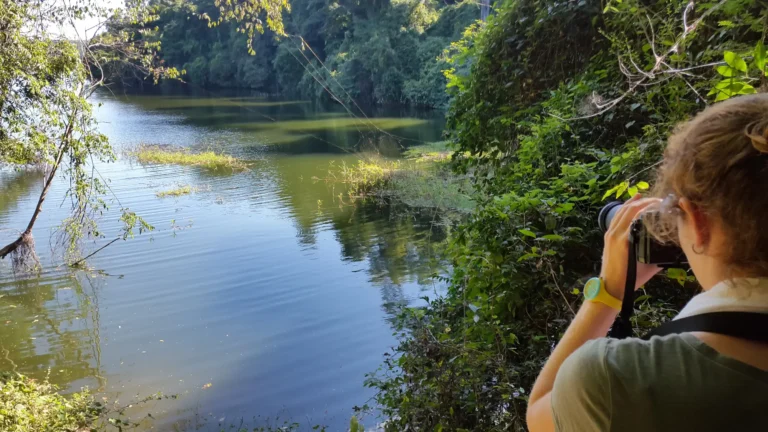The Portuguese Cave, located in Isalo National Park, is both a historical and natural site, nestled between humid forest and semi-desert landscapes. According to oral tradition and some historical accounts, this rather modest-looking rock cavity is said to have served as a refuge for Portuguese sailors in the 16th century. On their way to the trading post on the island of Santa Cruz, about ten kilometers south of Taolanaro, these sailors are believed to have taken shelter in this isolated cave, well-hidden and protected from potential threats.
The cave is found in the northeastern part of Isalo National Park, near the former village of Sahanafo. It is one of the park’s most remote circuits. Reaching it requires several days of hiking, usually between three and seven depending on the starting point and conditions. The trail leads through varied and sometimes challenging landscapes. The journey demands good physical condition, camping gear, and provisions, as there are no supply points along the way. This is one of the least-visited routes, even during the dry season.
Visiting the cave immerses travelers in a place steeped in ancient stories linked to European sailors who were stranded in Madagascar. It also offers a glimpse into the lives of early explorers and local communities who may have used the cave as a resting place or burial site. The route to reach it provides a deep, off-the-beaten-path experience in one of the wildest areas of the park.






